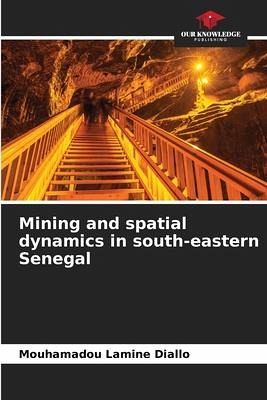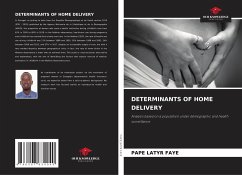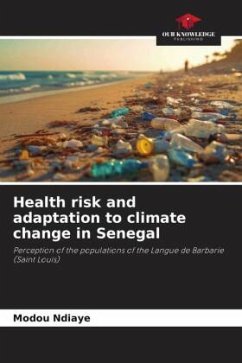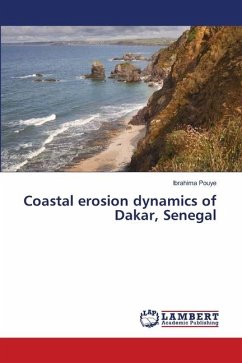
Mining and spatial dynamics in south-eastern Senegal
Versandkostenfrei!
Versandfertig in 6-10 Tagen
43,99 €
inkl. MwSt.

PAYBACK Punkte
22 °P sammeln!
Gold mining in West Africa has been known for a very long time. The three gold-bearing provinces of Bambouk, Galam and Bouré described by the Arabs for centuries belong to this part of Africa (Girard, 1992: 64). These provinces correspond respectively to the banks of the Falémé (Mali-Senegal), the Upper Niger, the Guineo-Malian border and the Kankan region (Guinea). They have played a considerable role in linking Africa with other regions of the world. In Senegal, mining activities have long been dominated by the exploitation of phosphates and construction materials in the coastal area (Cap...
Gold mining in West Africa has been known for a very long time. The three gold-bearing provinces of Bambouk, Galam and Bouré described by the Arabs for centuries belong to this part of Africa (Girard, 1992: 64). These provinces correspond respectively to the banks of the Falémé (Mali-Senegal), the Upper Niger, the Guineo-Malian border and the Kankan region (Guinea). They have played a considerable role in linking Africa with other regions of the world. In Senegal, mining activities have long been dominated by the exploitation of phosphates and construction materials in the coastal area (Cape Verde and Thiès regions). The proximity of the coast and the opening up to other continents, as well as the concentration of populations and economic activities in this part of Senegal, have favoured the development of mining (phosphates, limestone, etc.). On the other hand, the mining potential (iron, gold and marble) of eastern Senegal, known since colonial times, remained for many years atthe project stage.












